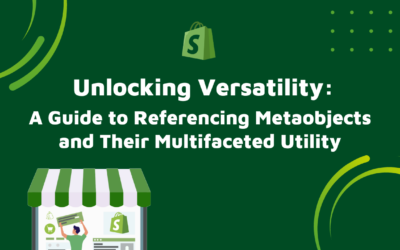Topic:- Step By Step Guide To Design API Integration
Keywords:- WordPress API integration, API integration tutorial, API integration developer, the API integration process
In recent years, the API integration process has taken on a life of its own. With so many new applications vying for the public’s attention and so many possibilities achievable by connecting these applications, Paypal API integration has become quite a famous topic to discuss. And an important part of that conversation is the API integration process done carefully by the API Integration developer.
1. Defining the Integration:
The vendor involved in the project will have its own definition of an integrated solution with WordPress API integration. To some, it means that they have standard APIs used to perform specific functions within their application. In contrast, for others, it means they can create and/or receive file interfaces in specific formats to 1exchange data with other applications.
Therefore, both these and other approaches constitute integration with other applications with API integration tutorials. Still, you must ask vendors some very pointed questions relative to their definition of integration!
2. Understand the Business Requirements:
Mostly third-party vendor applications are providing banks with a host of configurations from which to choose. Also, each bank’s operations and specific product offerings may differ for several reasons. This richness allows each bank to implement and use the functionality best suited to meet the business need. As a result, the integration for two different organizations using the same application may vary. In fact, there may be no such thing as a “standard” integration. Hence, it is imperative to understand the business requirements of the needs before you start with API Integration Services.
3. Managing Versions of Connecting Systems:
Additional hardware and/or software are required to integrate a source application with the target system. And it’s the buyer’s responsibility and expense to purchase, install and support these components. So it happens that clients choose not to upgrade their systems and consequently run an older or no longer current version of the application with the smooth WordPress API Integration.
In some cases, older versions of their source application are “integrated” with the target applications, but newer versions have not been. Therefore, two key questions to ask any Integration vendor providing are:
-Which versions are you currently selling?
-Which versions of source and target applications do your solutions support?
4. Core Setup Customization:
API Integration Services provider offers clients the ability to create highly customized solutions that will meet their requirement through their core processing platforms. As a result, no two core customers integration solutions are exactly the same. Furthermore, the unique combination of features and functions may make integration exceptionally difficult.
5. Data Mapping
Another key factor to consider is the data structure between the two systems. For example, if one system has fields that are longer than another system, there will be a truncation of data. In addition, data types and data formats could differ between the two systems. To prevent this, any integration needs to acknowledge and consider a design that addresses this issue through API integration development.
6. Data Synchronization:
This step helps in establishing consistency among systems and subsequent continuous updates to maintain consistency. The main challenge to Salesforce API developers with data synchronization is to work with systems that do not provide any API to identify the changes with API Integration Tutorial. In this, data synchronization helps an analyst to check whether data fields that are mapped are moved correctly between Source and Target Systems.
7. QA Process:
Paypal API Integration quality control should know the Source and Target system and their behaviors under defined scenarios and record the Test Results appropriately, saving Time and Effort for the company and the client.
8. Plan for Go-Live:
The list of criteria needed from a project before the Integration project is deployed in the production environment, e.g. Data Quality, Go-Live Dates, Staging/Production Environment readiness or as determined by the project sponsor and/or production support manager. The list is to be used as a guide by a project manager and client manager to check on agreed data migration, map, and consent to Actual Go-Live.
9. Go-Live and Support:
The project is completed with a formal “Project Closing”. During this time, the system is used productively in day-to-day operation Salesforce API Developer resolves Salesforce API Developer resolves all issues and problems, a transition to the production support team finalized, knowledge transfer completed, and the project signed off. This phase aims to cut over to live productive operation and continuously support and improve production support team monitors the system and resolves live business process issues.
Successful integration planning efforts must encompass a broad scope to ensure that an initiative meets all specific business requirements. A business evaluation should start and guide each system’s integration effort with WordPress API integration to maximise success and minimise re-work.
Once you’ve designed and built your API, then you can begin the process of managing it, documenting it, and sharing it with other developers.





